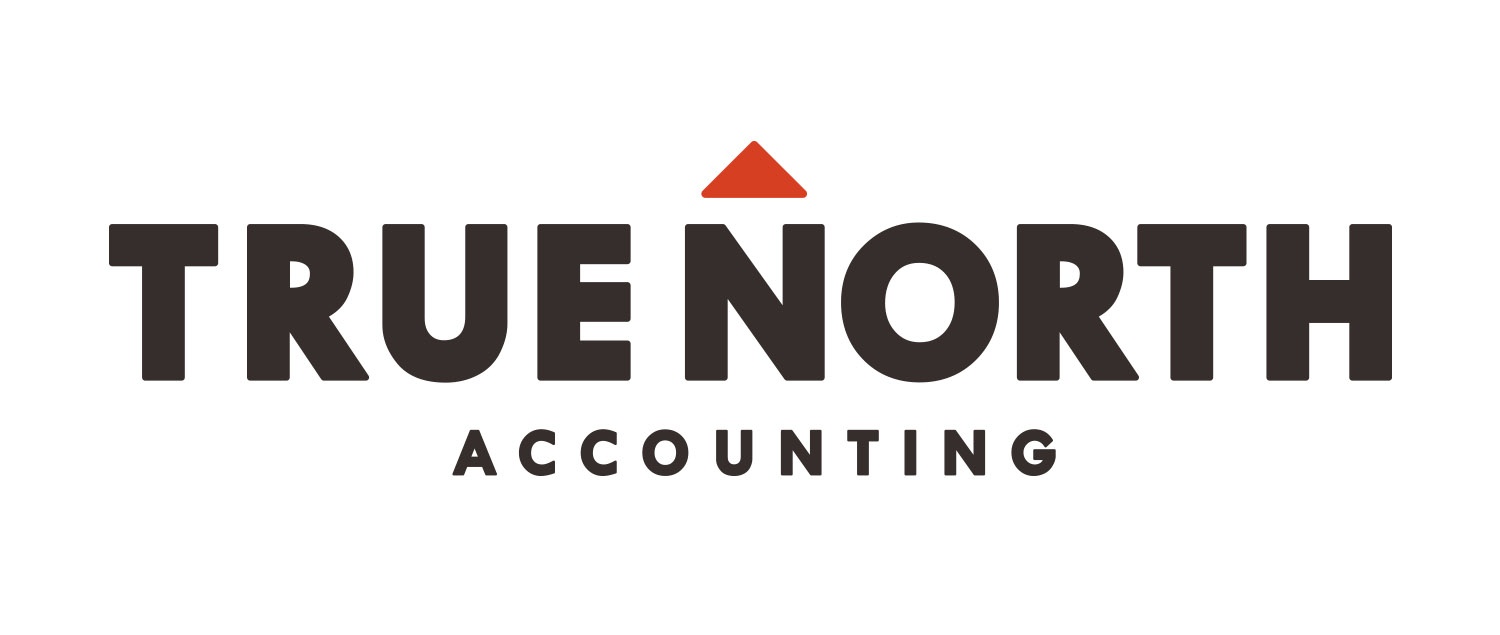Nobody wants to go into bankruptcy, but it happens. The good news is that bankruptcy may not be as bad as you think, and it can be an opportunity to reset and learn. Here’s a clear-eyed look at how people get into bankruptcy and what happens once you declare bankruptcy.
Bankruptcy and how it happens
You have aspirations to grow your business quickly. Soon, the bills are mounting and you’re monitoring your chequing account multiple times per day. Not all the bills can get paid each month, and there’s definitely no cash for unexpected expenses. The tax bills can’t take priority over the people you owe money to, so those start mounting up. You've talked to the that awful lady from the collections department at the CRA enough and start screening her calls.
You ignore the issue for months, and then you get notice that your bank accounts have been garnished by the CRA, or another collections agency. You get a call from a different person with the CRA, who is now your very own account manager. This person is now the only one you deal with at the CRA, and she is much nicer than the collections agent. She seems to actually want to help you get your business back on track.
You work out a payment schedule with her and everything looks manageable. Until sales don’t improve, and the 6-month payment schedule turns out to be impossible to meet. You survive for a few more months, until one day, you go to fuel up your truck, and find out your bank accounts have been frozen.
What To Do if Your Bank Accounts Are Frozen
Once a business’ bank accounts are frozen, it is essentially unable to operate and it’s time to really sit down and determine options to avoid bankruptcy.
Here are the options for available to small business owners in Alberta who have unmanageable CRA debt:
- Raise money from investors (family & friends) and pay down the debts, or at least a significant portion of them. Treat any money you borrow as a debt you need to repay as soon as you're able. Note that banks won’t lend to repay CRA debt.
- Call a Trustee about bankruptcy – take the time to talk to a few and choose one that you like and that meets your budget. Trustee fees can vary significantly.
- Consumer proposal – this might be a good option, but has upfront costs. Expect to pay somewhere between $2,000-$5,000 upfront.
- Orderly payment of debts – another good option. Read our blog on this Government of Alberta-backed program here.
- Challenge the CRA – if you believe your tax debt is unfair, you can challenge. It will cost you in lawyer and accountant fees, but can buy you time, and sometimes even lower your tax debt.
The Bankruptcy Journey begins
If, after exploring all five options, you met with a Trustee and have decided that bankruptcy is the right choice for you, here is what the next few years will look like:
Step 1: Officially declare bankruptcy with a Licensed Trustee
Sign the paperwork with a Licensed Trustee who will act as your advisor, accountant, and liaison with the federal government during your bankruptcy. They are an officer of the Bankruptcy Court, and you will be required to take an Oath of Bankruptcy. The Trustee will file your bankruptcy claim with the Office of the Superintendent of Bankruptcy in Ottawa. The date this is done is your “Date of Bankruptcy”; you are now referred to as “a bankrupt”.
Next, your Trustee will send a copy of your bankruptcy claim to all your creditors. You will have identified all your debts, and claim all invoices payable up until the date of bankruptcy. List all the people you owe money to, and each of them can file a claim with the Trustee and might get some money out of it. Be careful not to jeopardize your eligibility for bankruptcy by doing something deliberate and shady - like maxing out your credit cards right before declaring bankruptcy.
Once bankruptcy is filed, creditors can no longer hassle you for cash, and wage garnishes are lifted. You will still need to service your secured debt, like your mortgage. Your Trustee will then need to file all your tax returns up until the date of bankruptcy. If you owe tax from these tax returns, these amounts will be included in your bankruptcy – and refunds are kept by the government.
Step 2: Fulfill your duties as a bankrupt
Bankruptcy lasts either 9 or 21 months, if it’s your first time declaring it. During the bankruptcy period, you have to file proof of income and expense reports each month. You also need to attend two credit counselling sessions on household budgeting and money management skills.
Step 3: Make your surplus payments
The amounts vary depending on your Surplus Income levels. Surplus Income is your net income during bankruptcy, less a predetermined living expense amount. Your surplus income payment is generally 50% of your Surplus Income.
Here is a link where you can calculate your Surplus Income.
For example, if your family is 3 people (a couple with a kid), your monthly income threshold would be $3,372. If your net monthly family income is $8,000, deduct $3,372. You can deduct any eligible support payments, child care, medical expenses, from this. But if there are none, your family’s Surplus Income would be $4,628, and your surplus income payment at 50% would be $2,314. This is the amount you would need to pay each month for 21 months.
The affordability of bankruptcy is not a well-known challenge. A family in Calgary with two working parents will find it hard to make this $2,314 payment each month. That is a huge expense, and can be very hard to afford. Over 21 months, this family will owe $48,594 in surplus income payments, and they cannot get discharged from bankruptcy until it is paid.
Step 4: Discharge from Bankruptcy
If it’s your first bankruptcy and you were not required to make surplus income payments because of your income level, you are eligible for automatic discharge after 9 months.
If you do have surplus income payments, you are eligible for automatic discharge after 21 months. Automatic discharge means there is no court hearing, and your Trustee will just send you a copy of the discharge certificate once its all approved. Keep your discharge certificate safe, as you will need it when applying for credit and to prove that you are no longer going through bankruptcy.
If you do not fulfill your duties, or your Trustee or a creditor opposes your discharge, the Bankruptcy Court can refuse bankruptcy discharge. The only thing worse for your financial situation than declaring bankruptcy, is declaring bankruptcy and not getting a discharge.
Step 5: Life After Bankruptcy
Rebuilding credit is a long process, and you need to take careful steps that will improve your credit rating. You will have an R9 on your credit score for 6 years from your discharge date. By the time that period is lifted, you need to have shown creditors that you have financial stability – there is no quick fix for your credit. Here are some steps to immediately start rebuilding your credit:
- Stick to a monthly budget – use the skills learned in credit counselling. Be realistic. Save money for unexpected expenses.
- Pay bills on time – electric, water, cable, internet, cell phone, etc. Ensure to avoid any non-sufficient funds (NSF) and overdraft fees.
- Get a cell phone on a contract – payment habits are reported to the credit bureaus.
- Get a secured credit card – save up a security deposit (min $500) that they can freeze and use as security to give you a credit card balance for that same amount. Don’t apply for more than one credit card or loan within a 6 month period. Only use your credit card if you have the money to pay it down.
- Don’t get into any debt – and make sure to stay away from payday loans. Seek counselling if your paycheque isn’t enough to make ends meet.
Bankruptcy: It’s not so bad
After talking with a couple clients that are in bankruptcy, they immediately felt mentally free once they chose bankruptcy. Although it’s embarrassing, it’s not as bad as you think it will be. They learned a lot from the process and the credit counselling, and are already beginning to see positive changes in their financial discipline. They feel the pressure lifted and their future is brighter now that they can see the end in sight.
Read more about Corporate Taxes topics that may be helpful to you and your small business.
If you have questions about bankruptcy or are worried about your financial situation, do not hesitate to reach out. We are here to help. Make an appointment with us here:








